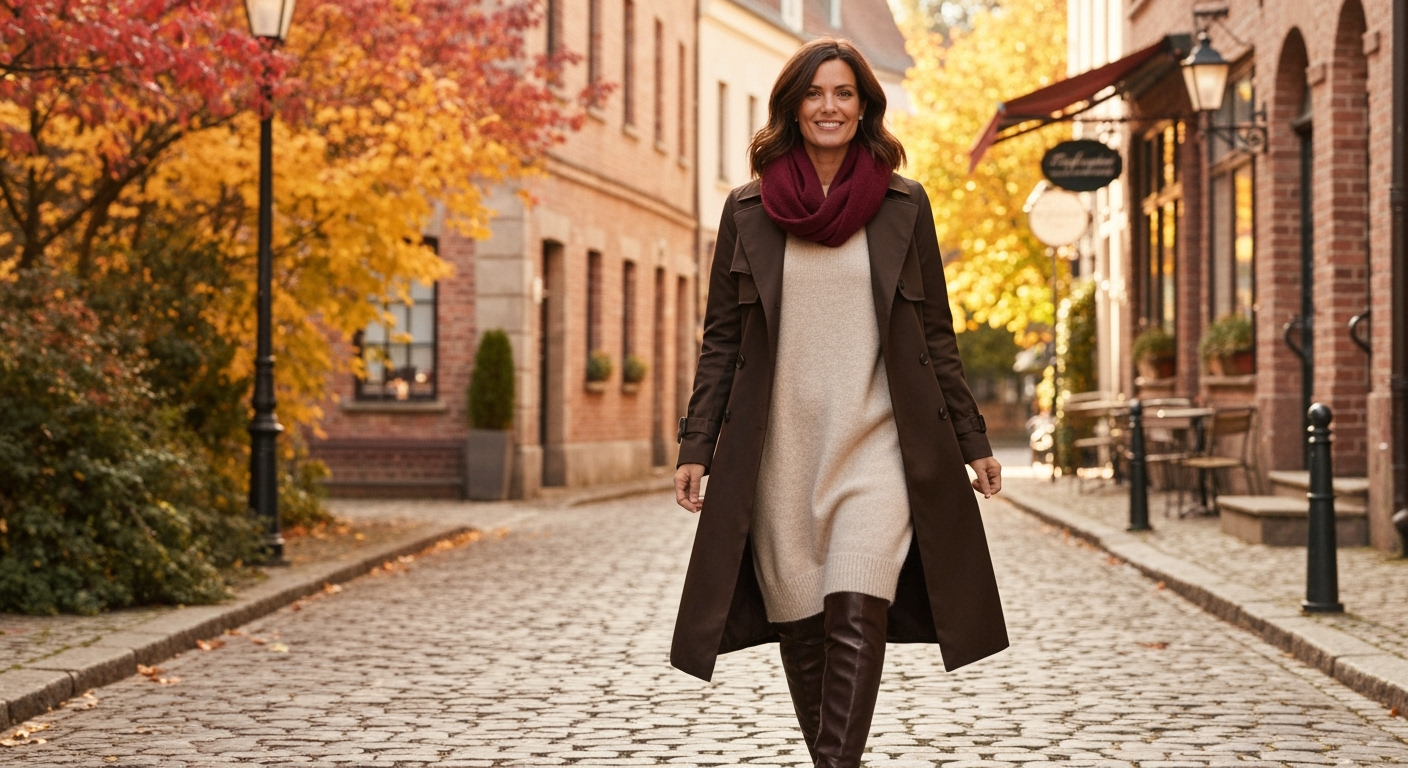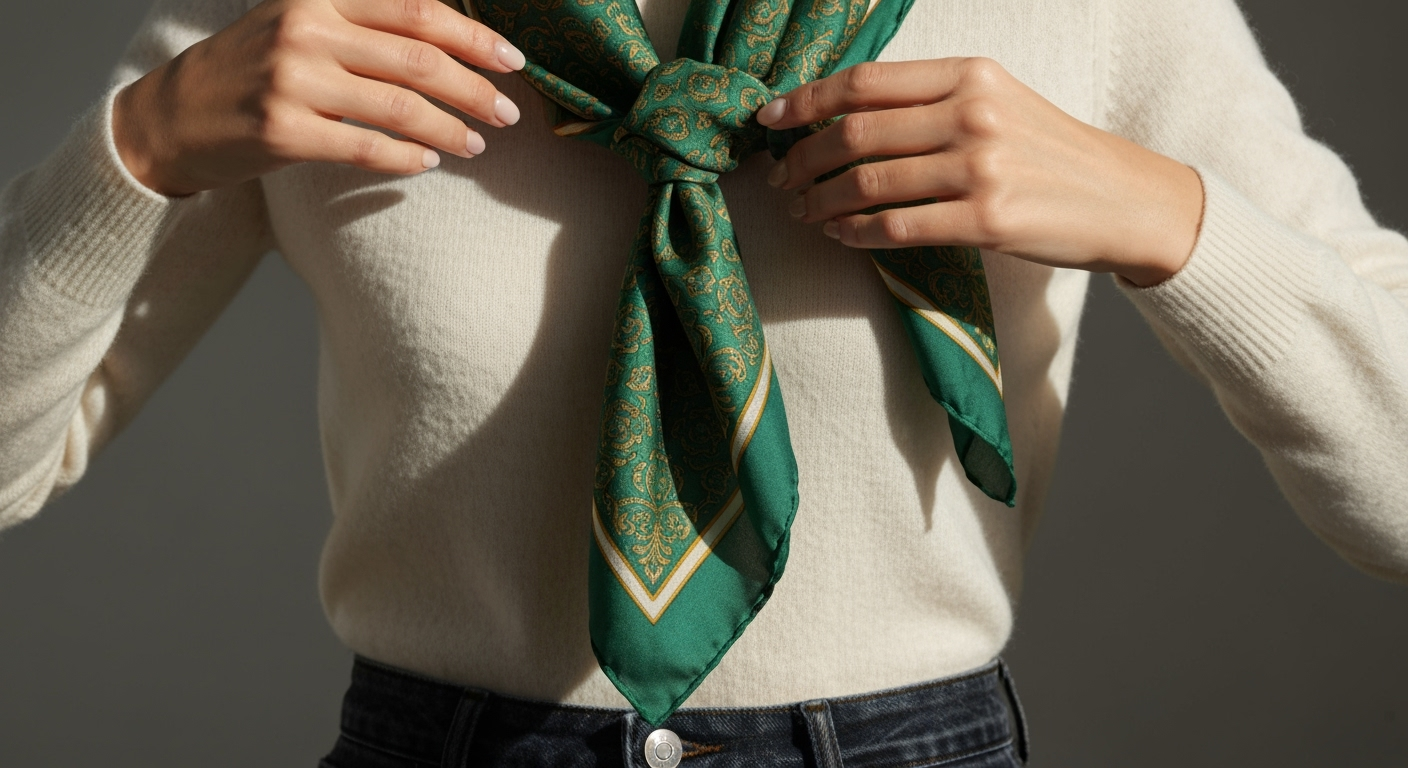
Navigating the shift between seasons can be tricky, especially when it comes to fashion. One day it’s warm, the next it’s chilly! The key to conquering transitional weather is mastering the art of layering. This lookbook provides ideas and inspiration for effortlessly chic outfits that adapt to fluctuating temperatures, ensuring you stay comfortable and stylish throughout the season.
Understanding the Layering System
Think of layering as a strategic system. Start with a lightweight base, add insulating mid-layers, and finish with a protective outer layer. This modular approach allows you to adjust your outfit according to the weather, ensuring you’re never too hot or too cold.
- Base Layer: Your skin-contact layer should be breathable and moisture-wicking. Think t-shirts, tank tops, or lightweight long-sleeved shirts made from fabrics like cotton, merino wool, or bamboo.
- Mid-Layer: This layer provides insulation. Options include sweaters, cardigans, fleece jackets, or even lightweight quilted vests. Choose materials like cashmere, wool, or down for warmth.
- Outer Layer: This is your protection against the elements. Trench coats, blazers, denim jackets, or even light parkas are excellent choices. Consider waterproof or water-resistant options for rainy days.
Lookbook: Transitional Outfit Ideas
Here are some outfit ideas to inspire your seasonal looks:
1. The Trench Coat Ensemble
A timeless trench coat is a wardrobe staple for transitional weather. Layer it over a fine-knit sweater dress and pair with knee-high boots for a sophisticated and weather-appropriate look. Add a scarf for extra warmth and style.
2. Denim Jacket Casual
Dress down a flowy summer dress by layering a denim jacket over it. Complete the look with ankle boots or sneakers for a comfortable and casual vibe. This is perfect for those in-between days when it’s not quite cold enough for a heavier coat.
3. Blazer and Knit Combo
A blazer adds instant polish to any outfit. Layer it over a simple t-shirt or turtleneck and pair with tailored trousers or jeans. This is a versatile option that can be dressed up or down depending on the occasion.
4. Vest Versatility
A quilted vest is a great layering piece for adding warmth without bulk. Wear it over a long-sleeved shirt or sweater and pair with leggings or jeans for a comfortable and practical outfit. This is ideal for outdoor activities or casual weekends.
5. Cardigan Comfort
A cozy cardigan is perfect for adding a touch of comfort to your everyday look. Layer it over a blouse or tank top and pair with a skirt or trousers. Choose a chunky knit for extra warmth or a lightweight cardigan for milder days.

Key Pieces for Layering Success
To build a versatile layering wardrobe, invest in these essential pieces:
- Neutral-Colored Basics: T-shirts, tank tops, and long-sleeved shirts in neutral colors like white, black, gray, and navy will serve as the foundation for your layering outfits.
- Versatile Sweaters: Cardigans, pullovers, and turtlenecks in various weights and materials will provide warmth and style.
- Classic Outerwear: A trench coat, denim jacket, and blazer are timeless outerwear options that can be layered over a variety of outfits.
- Comfortable Bottoms: Jeans, trousers, skirts, and leggings in neutral colors will complement your layering pieces.
- Essential Accessories: Scarves, hats, gloves, and boots will add extra warmth and style to your layered looks.
Tips for Flawless Layering
Follow these tips to master the art of layering:
- Consider the Weather: Check the weather forecast before planning your outfit to ensure you’re prepared for the day’s conditions.
- Choose the Right Fabrics: Opt for breathable, moisture-wicking fabrics for your base layers and insulating materials for your mid-layers.
- Pay Attention to Proportions: Balance the volume of your layers to create a flattering silhouette. Avoid wearing too many bulky layers, which can make you look larger than you are.
- Accessorize Wisely: Scarves, hats, and gloves can add extra warmth and style to your layered looks. Choose accessories that complement your outfit and personal style.
- Experiment with Different Combinations: Don’t be afraid to try new layering combinations to find what works best for you.
Conclusion
Layering is a practical and stylish way to navigate the unpredictable weather of transitional seasons. By understanding the layering system, investing in key pieces, and following these tips, you can create effortlessly chic outfits that keep you comfortable and confident all season long. Embrace the art of layering and enjoy the versatility it brings to your wardrobe!